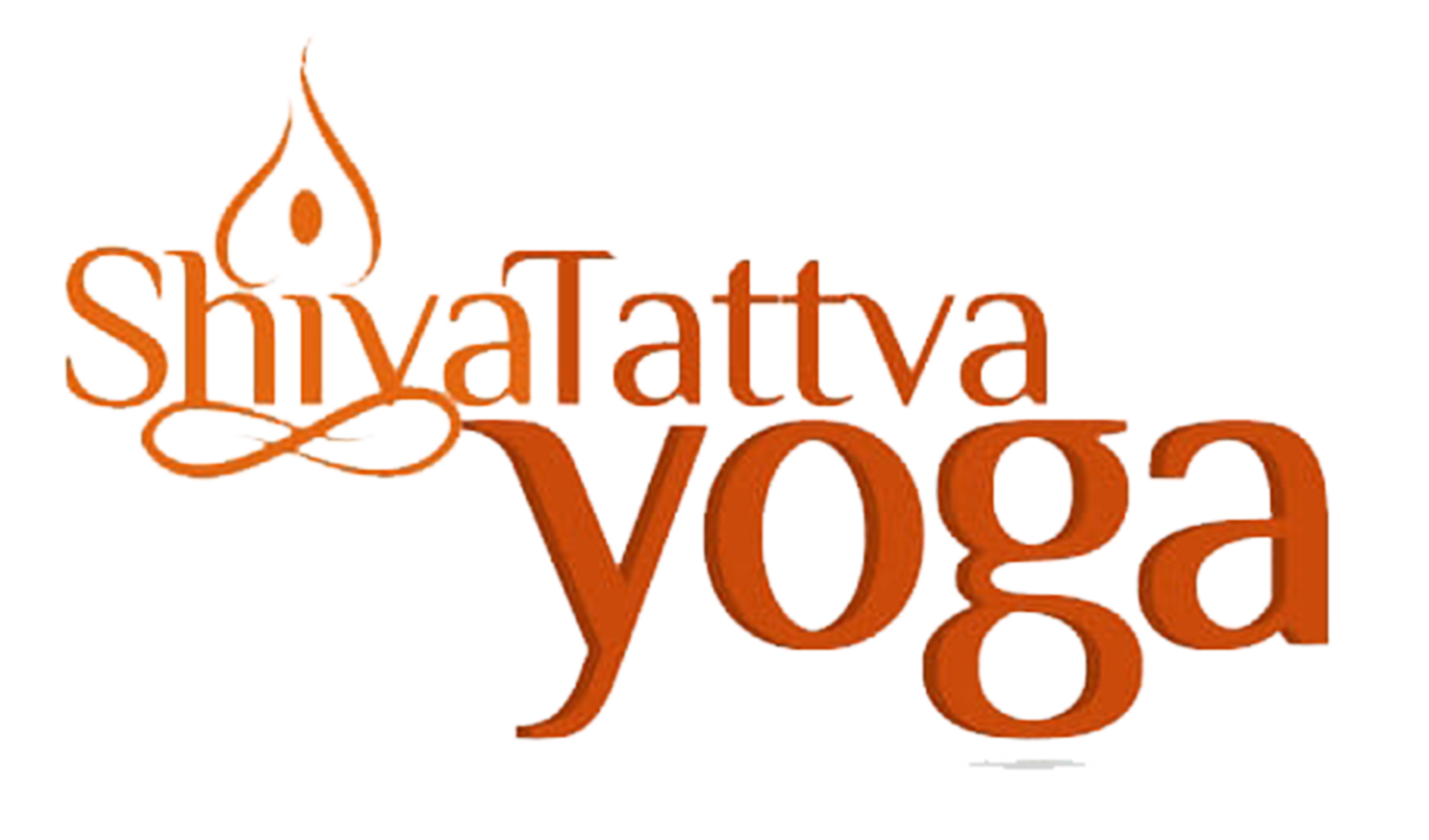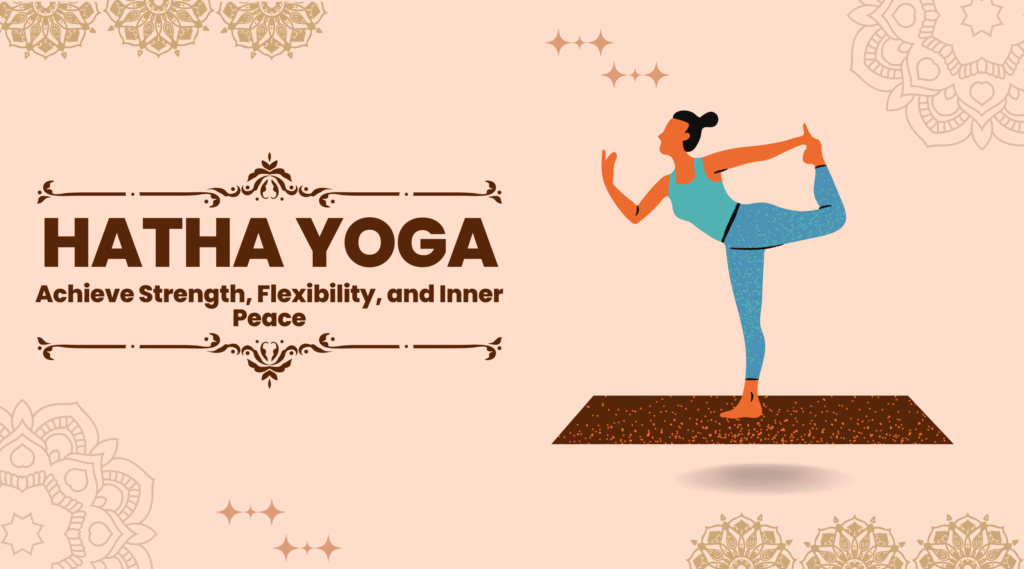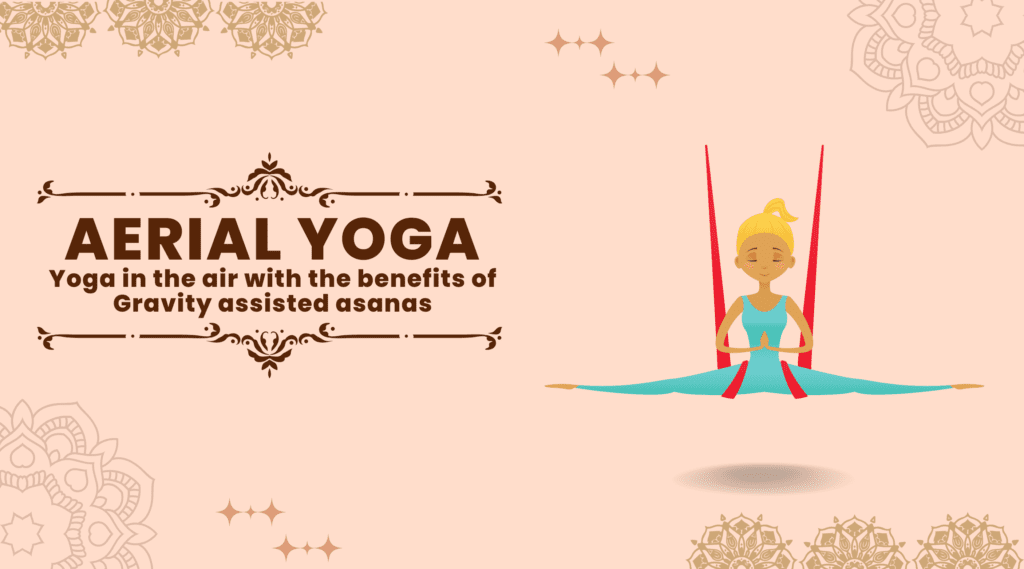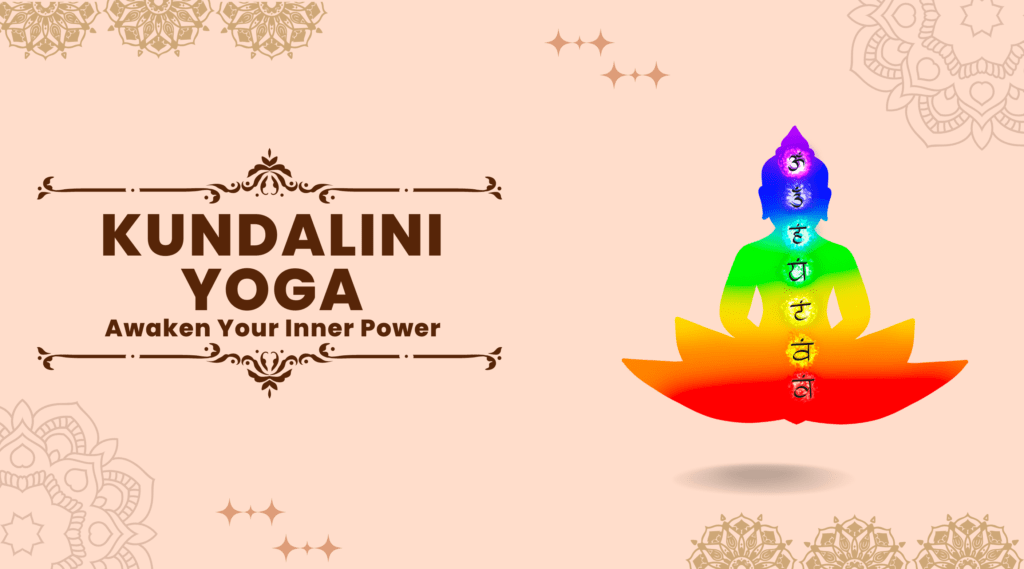Ujjayi Pranayama: Explore The Deep Breathing For Holistic Wellness
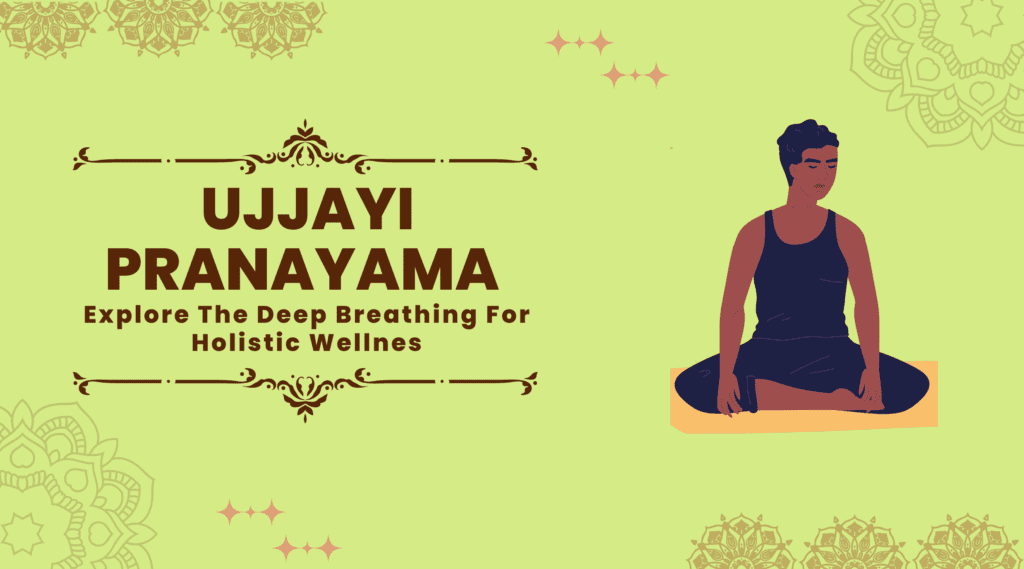
Introduction
Ujjayi pranayama, also known as “ocean breath,” because of the sound produced while practising Ujjayi, is a powerful breathing technique that is used in yoga practice. It involves inhaling and exhaling through the nose while constricting the muscles at the back of the throat, creating a soft, gentle hissing sound that resembles the sound of ocean waves. The practice of ujjayi has numerous benefits for the body and mind, including improving lung capacity, reducing stress and anxiety, and increasing focus and concentration. While doing “Ocean Breath”, the breath is used as a tool to connect the mind, body, and spirit, and cultivate mindfulness and inner peace.
History of Ujjayi Pranayama
Ancient yogis developed Ujjayi pranayama as a part of the practice of Hatha yoga. The term “ujjayi” is a Sanskrit word which means “victorious” or “triumphant.” There is a belief that, in previous times, yogis used to practise ujjayi pranayama in order to help them control their breath and calm their minds during meditation.
Suggested: Best Yoga Retreats And Yoga Teacher Training In Rishikesh
We can find the earliest mention of ujjayi pranayama in the Hatha Yoga Pradipika. This is a 15th-century text as well as one of the most important texts on Hatha yoga. The text describes this pranayama as a breathing technique. This breathing technique helps to purify the body and mind, as well as lead to spiritual awakening.
Over time, ujjayi breathing became a widely practised technique in yoga. It is now commonly taught in yoga classes around the world. It is also often used as a foundational breathing technique in yoga practice, because it helps practitioners to connect with their breath, calm their minds and move through their practice with greater ease and awareness.
Today, ujjayi breathing (ocean breath) or simply, ujjayi pranayama is recognized as a powerful breathing technique. It promotes physical health, reducing stress and anxiety, as well as increasing focus and concentration. It is also one of the most popular as well as widely practised pranayama techniques in yoga. Its benefits continue to be studied and explored by practitioners as well as researchers alike.
Different Names of Ujjayi Pranayama
There are different names of Ujjayi Pranayama which are in use such as:
1. Victorious Breathing
2. Snake Breathing
3. Snoring Breathing
4. Whispering Breathing
5. Ocean Breathing
Benefits of Ujjayi Pranayama
Ujjayi offers numerous physical benefits for us while practising with our yoga session. Some of the key benefits of ujjayi breath:
1. Improves lung capacity:
Ujjayi breathing encourages deeper, more controlled breathing by creating resistance in the throat and controlling the flow of air. Hence, this helps to expand the lungs, increase oxygen intake, and improve overall respiratory function.
2. Reduces stress and anxiety:
The slow, steady sound of the breath and the focus required to maintain the technique helps to quiet the mind and calm the nervous system. Ujjayi breathing has been shown to activate the parasympathetic nervous system, due to that, it is responsible for relaxation and stress relief.
3. Increases focus and concentration:
The sound of the breath and the controlled flow of air through the body can help to anchor the mind and prevent distractions. By focusing on the sound and sensation of the breath, practitioners can cultivate greater mindfulness as well as present-moment awareness.
4. Regulates blood pressure:
The controlled breathing and relaxation response associated with ujjayi pranayama helps to lower blood pressure as well as reduce the risk of heart disease.
5. Enhances physical performance:
By improving lung capacity and increasing oxygen intake, ujjayi pranayama helps to enhance physical performance in sports and other physical activities.
6. Improves digestion:
Ujjayi pranayama has been shown to stimulate the digestive system, improve metabolism, and promote healthy bowel movements.
7. Boosts immune function:
The relaxation response associated with ujjayi pranayama has been shown to enhance immune function, reducing the risk of infection and illness.
8. Ujjayi Benefits in the condition of Hypothyroidism & Hyperthyroidism:
Hypothyroidism is a condition in which the thyroid gland does not produce enough thyroid hormone. So, in this case, the ocean breath can help stimulate the thyroid gland and increase its function of producing hormones.
While Hyperthyroidism is a condition in which the thyroid gland produces too much thyroid hormone. In case of hyperthyroidism also, Ujjayi can help calm down the nervous system and reduce the production of thyroid hormones.
Techniques to practise Ujjayi Pranayama
In order to practise this pranayama, start by sitting comfortably with your spine straight and your eyes closed.
1. Now for getting ready, have some deep breaths in and out through your nose to centre yourself and relax your body.
2. Then, slowly begin to constrict the muscles at the back of your throat and start inhaling through your nose. You should feel a slight resistance to the air flowing through the throat, creating the sound of ocean waves.
3. While exhaling, continue to constrict the muscles at the back of your throat and let the air flow out through your nose, creating the same sound. This is one round of Ujjayi pranayam cycle.
4. Repeat this cycle of inhalation and exhalation for several minutes. Keep focusing on the sound of your breath and the sensation of the air flowing in and out of your body.
Tips:
1. Keep your mouth closed throughout the practice.
2. If you’re new to the ocean breath, it may take some practice to get the right amount of constriction in your throat. So, if the practitioner maintain the continuity, the practice will improve gradually.
3. Practise this breathing technique for a few minutes every day, gradually increasing the duration as your body gets used to the technique.
Cautions while practising Ujjayi Pranayama
While practising Ujjayi breath / Ocean breath, one should need to keep some cautions in mind:
1. Avoid straining your throat: While the constriction of the throat is an important part of this pranayama technique, it is important not to strain your throat or push it beyond its limits. If you feel any discomfort or pain in your throat, stop the practice and take a break accordingly.
2. Be aware of your breath: As ocean breath involves deep, slow breathing, so it is important to be aware of your breath and not push yourself too hard. If you feel light-headed or dizzy, slow down your breathing or take a break accordingly.
3. Avoid If facing respiratory problems: If you have asthma, bronchitis, or any other respiratory condition, it is important to consult with your doctor. After consulting with doctor or qualified yoga instructor, you can start practising this Pranayama.
4. Don’t overdo it: Like any yoga practice, it is important not to overdo it with it. In the beginning, practise this ocean breath for just a few minutes each day. Then keep increasing the duration over time gradually.
5. Practice with a qualified instructor: It is important to learn the correct technique for Ujjayi Pranayama from a qualified yoga instructor. This can help you avoid any potential risks or discomfort.
Conclusion
Ujjayi pranayama is a powerful breathing technique that offers numerous benefits for both the body and mind. Whether you are looking to improve your respiratory function, reduce stress and anxiety, or increase focus and concentration, ujjayi breathing can be a helpful tool in your yoga practice.
So the next time you roll out your yoga mat, take a few moments to incorporate the ocean breath into your practice. And experience the transformative power of this simple yet profound technique.
You Can Also Read
